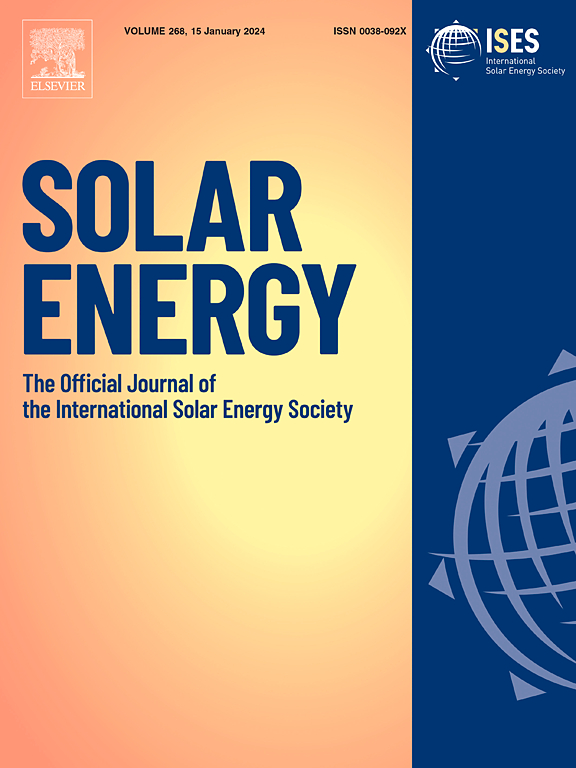Synthesis of mixed bismuth halide perovskites M3Bi2I6Br3 (M = Cs, K) encapsulated in floating substrates with high efficiencies for visible-light-driven CO2 and H2O conversion
IF 6
2区 工程技术
Q2 ENERGY & FUELS
引用次数: 0
Abstract
The constant research for sustainable alternatives to address the global energy and environmental crisis has led to a renewed focus on solar energy as a clean and renewable energy source. Due to their unique optical and electronic properties, mixed halide perovskites offer a promising platform for CO2 conversion. Therefore, this work proposed the synthesis of mixed halide perovskites based on M3Bi2I6Br3 (M = Cs, K) for visible-light-driven CO2 and H2O conversion. The mixed perovskites were immobilized in floated (porous) substrates for easier application and easy recovery of the materials. The mixed perovskites exhibited better crystallinity, higher light absorption, and lower recombination of the photogenerated charges than the reference materials (M3Bi2I9). These properties promoted higher CO2 and H2O conversion efficiencies to generate HCOOH (3,170 µmol) and H2 (160 µmol), respectively. Although the efficiency of Cs3Bi2I6Br3 was higher than that of K3Bi2I6Br3, it was possible to reach the efficiency for CO2 reduction of Cs3Bi2I9. Finally, the formation of a passive layer of BiOX (X = I, Br) on the K3Bi2I6Br3 surface was demonstrated, which eventually reduced the efficiency of the CO2 reduction.

求助全文
约1分钟内获得全文
求助全文
来源期刊

Solar Energy
工程技术-能源与燃料
CiteScore
13.90
自引率
9.00%
发文量
0
审稿时长
47 days
期刊介绍:
Solar Energy welcomes manuscripts presenting information not previously published in journals on any aspect of solar energy research, development, application, measurement or policy. The term "solar energy" in this context includes the indirect uses such as wind energy and biomass
 求助内容:
求助内容: 应助结果提醒方式:
应助结果提醒方式:


